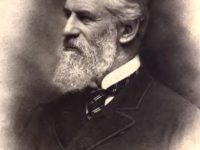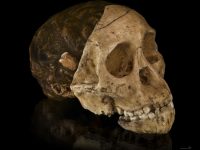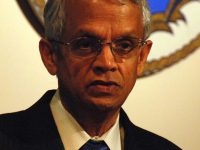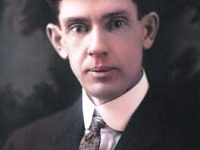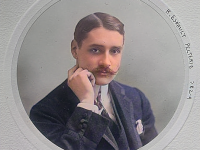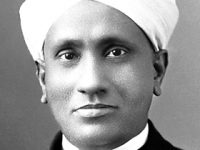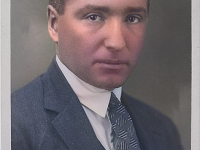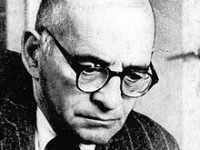Sir William Henry Flower on Mammals and the Human Brain
On November 30, 1831, English comparative anatomist and surgeon William Henry Flower was born. Flower became a leading authority on mammals, and especially on the primate brain. He supported Thomas Henry Huxley in an important controversy with Richard Owen [3] about the human brain, and eventually succeeded Owen as Director of the Natural History Museum. “[There is an] immense advantage to be gained by ample space and appropriate surroundings in aiding the formation…
Read more

